Advertisements
A haunted place? The home of ghosts? A nightmare? Or just old vessels with sad fate?
Now the truth is revealed:
1. The Location
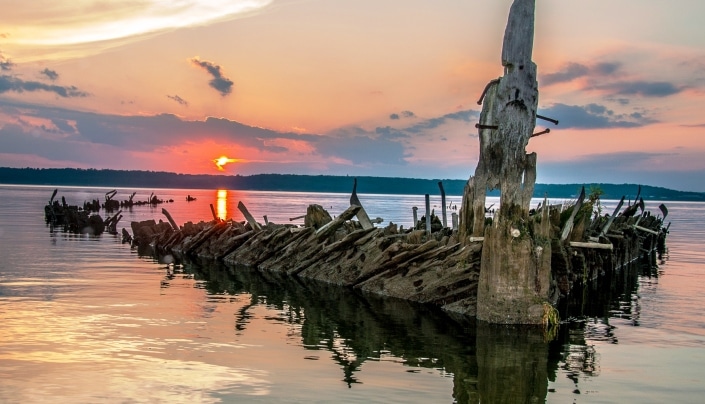
In fact, one of the largest shipwrecks in the world is located only 40 miles from Washington DC, in Mallows Bay, in the south of the eastern bank of the Potomac River. The vessels are nowadays a major tourist attraction in the area, but few know the true story of them.
2. World War I.
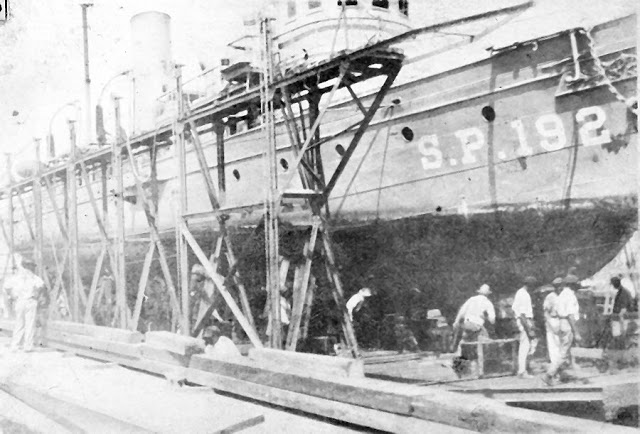
The history of vessels in the Mallows Bay dates back to World War I, April of 1917 when President Woodrow Wilson ordered 1,000 300-ft long steamboats to be built in only 18 months. This was not only the greatest shipbuilding program in history but probably the most expensive too, as each ship would cost a taxpayer almost one million dollars.
3. Shipbuilding in progress
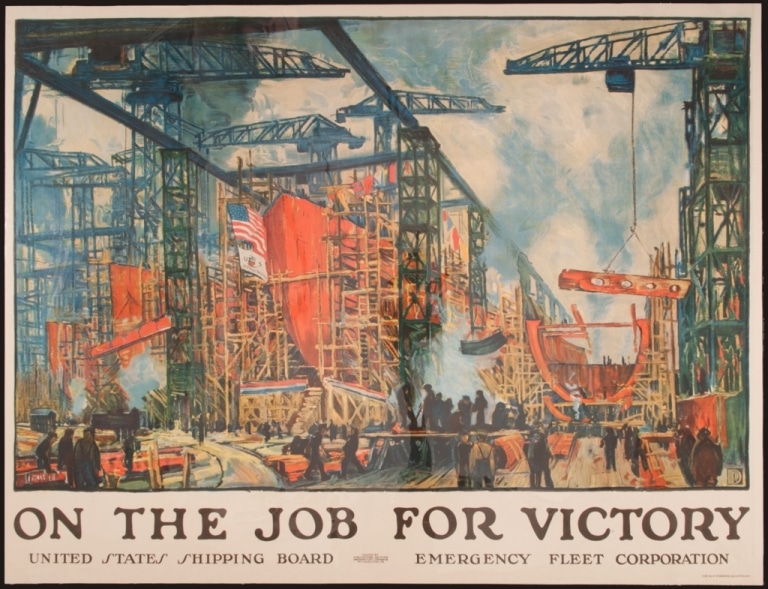
An organization, called, Emergency Fleet Corporation (EFC) has been set up to oversee processes and ensure that the builders meet the strict deadlines. In order to save money and time, the shipbuilders decided to use wood rather than the more expensive steel. They didn’t know that it was a fatal decision.
4. Congressional report of 1918
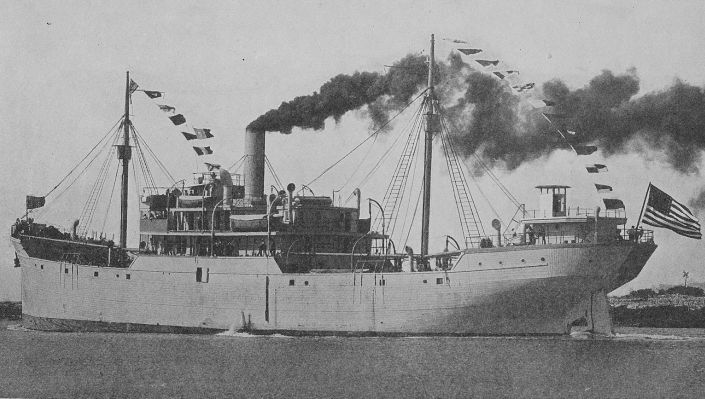
The shipbuilders worked under constant pressure by the organization. The lack of proper organization and supervision was proved by a Congressional report of 1918. According to the report, only 169 of the ships were completed, 260 vessels were less than half-completed, and hundreds more had not yet been even started.
5. End of World War I.

Germany would surrender in November 1918. At that time, EFC vessels had not even yet crossed the Atlantic. In fact, only 76 of the 130 completed and 98 delivered vessels had been used to carry cargo as intended. (Until this point, the US government already paid for 731 wooden steamships.)
6. Shipbuilding continues

Although the war was nearing its end, shipbuilding was not stopped. By September of 1919, the shipbuilders had delivered another 264 steam vessels to the government. In fact, by this time the United States had no use for the vessels, they were left uncared and waited for the powers to decide their further destiny.
7. The failed project
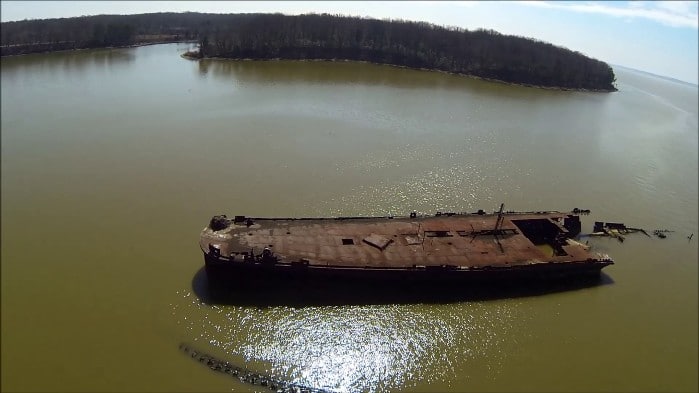
Based on the available data, at the end of 1920, the Congress admitted that the EFC vessel project failed and decided to take action on the matter: more than 250 rotting and sinking ships were being temporarily cared for and stored in the James River at a cost of nearly $50,000 per month.
8. The deal
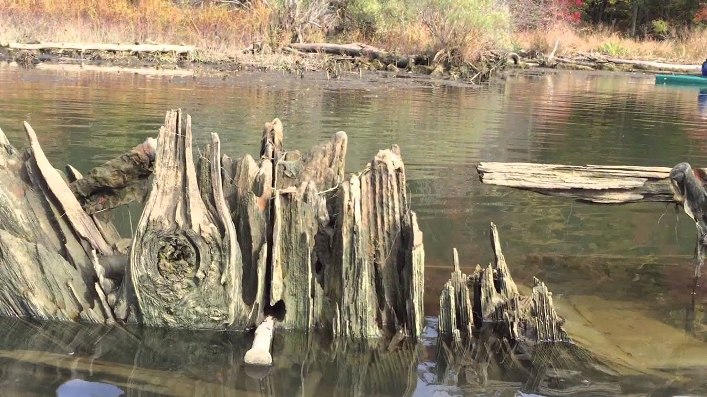
Hoping that they could get some money back from the lost, the United States government announced the sale of the ships at a
9. Hopes and plans
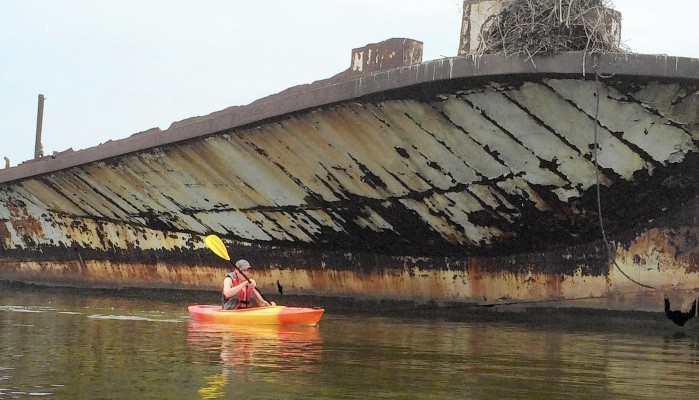
The Western Marine and Salvage Company bought more than 200 of these vessels 2 years after the announcement. They had big plans. The company planned to split the ships into pieces and sell the metal parts, hoping to make a good profit. But on November 7, 1925, an unexpected incidence changed their plans.
10. Ships on fire

For unknown reasons, one of the ships burst into flames, which quickly spread to other ships as they were tightly attached to one another. Most of them had sunk down shortly after the devastating fire. 169 of the ships were towed to Mallows Bay for their metal parts. However, the ships were never picked up into pieces due to another unexpected event.
11. 1929 – Great Depression
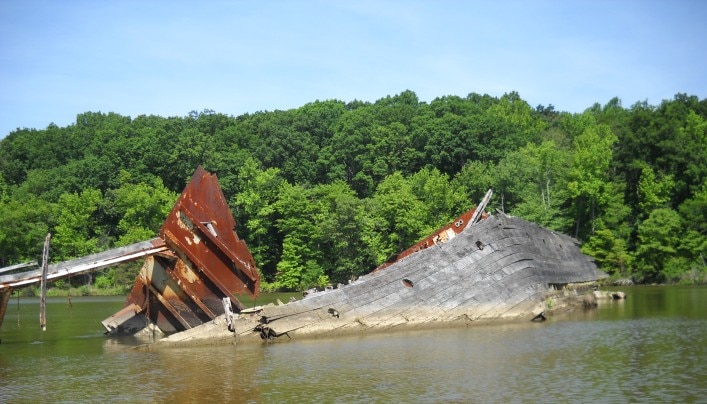
Most of them remained in the bay, untouched because of the Financial Crisis in 1929, which pushed the value of the metal scrap down to the floor, so it was no longer worth paying the costly fee of pull out of the hulls. Moreover, vessels would continue to be abandoned in Mallows Bay until the 1980s.
12. Reports say
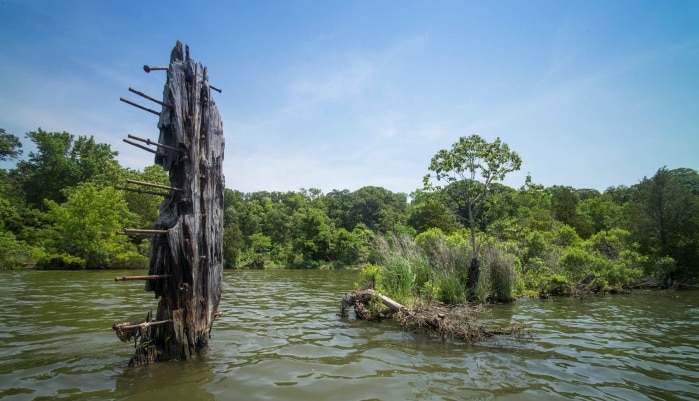
All in all, according to reports the 285 ships were built in the EFC program through August of 1920, and 152 of them ended up in Mallows Bay within nine years. According to the estimation of the experts, the remains visible in Mallows Bay only represent 30% of the fleet sent for rescue.
13. The Old Abandoned Boat
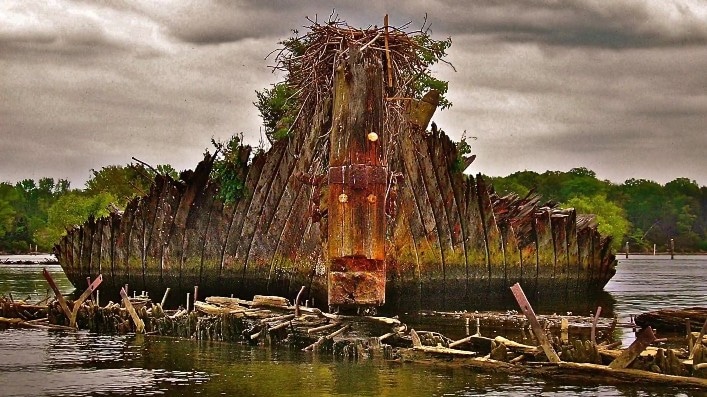
Beside of the warships, there is also an 18th-century “longboat” in the bay, which is the oldest “guy” in this amazing water museum. The ship has a lot of terrific stories and legends that are also told to visitors as well. If you want to get a scary experience, don’t miss this attraction.
14. The situation today
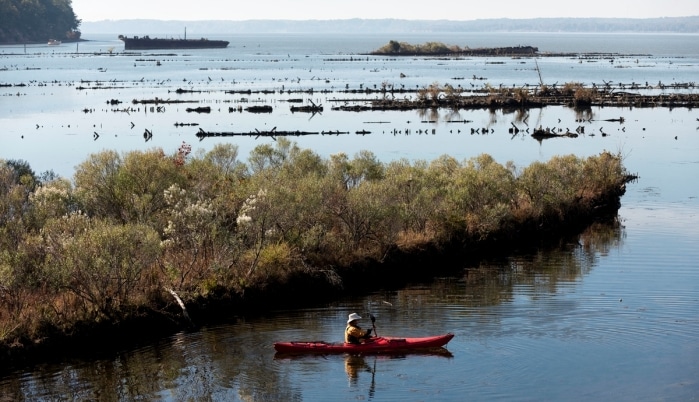
Over the years, they have been trying to pull the vessels out many times, but unfortunately, they did not succeed yet. The sunken ships have since been taken over by nature, and there are many kinds of unique aquatic plants and even more endangered animal species that are living there.
15. How to get there

The best way to visit the “Ghost Fleet” is to attend on a kayak tour. The boat ramp is located at 1440 Wilson Landing Road, Nanjemoy, MD. It is open 7 AM to dusk, all year-round. The site is located about 2 miles up from Purse State Park. Have fun!
